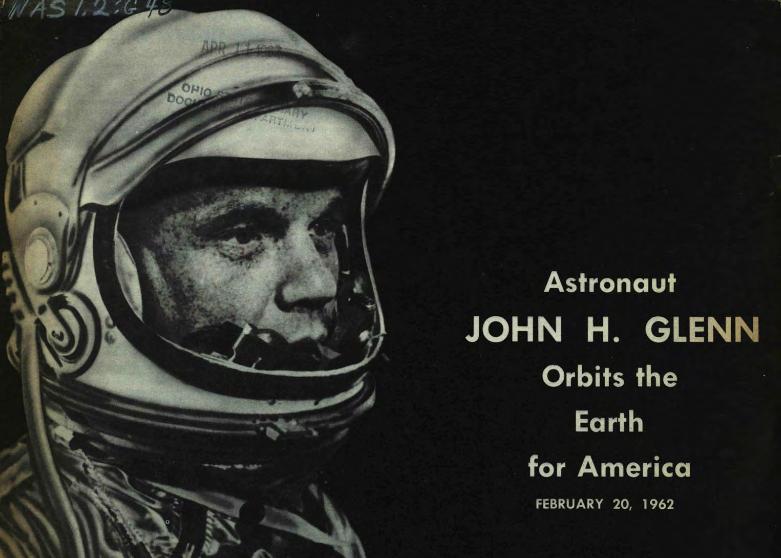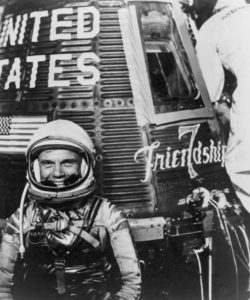Ohio and the Space Race

Did you know there’s a NASA research facility in Ohio?

On January 23, 1941, the National Advisory Committee for Aeronautics broke ground on a new research facility in Cleveland, Ohio. The committee, also known as NACA, was established in 1915 to oversee U.S. aviation research, and soon thereafter established a laboratory in Virginia. With the rise of international tensions in the 1930s, it became clear that Germany was building planes that could fly higher and faster than U.S. aircraft. In response, NACA created two additional research sites: one in California and one in Cleveland near the former site of the National Air Races.
The Aircraft Engine Research Laboratory was tasked with improving the engine performance of U.S. fighter planes and bombers in World War II. After the war, they refocused their research on emerging jet engine technology and high-speed flight, which led to research on rocket propellants starting in the late 1940s. In 1948 the AERL was renamed the Lewis Flight Propulsion Laboratory, and in October of 1958 (one year after the launch of Sputnik), Lewis became part of the newly-formed National Aeronautics and Space Administration (NASA) and shifted its research focus to spaceflight.
The laboratory contributed to numerous NASA missions, including the Mercury and Gemini projects and later the Space Shuttle program and the International Space Station. Ohio also contributed astronauts to the space program: three of the first 16 astronauts were Ohioans, including John Glenn (the first American to orbit Earth in 1962 and the oldest person in space in 1998), Neil Armstrong (the first person to walk on the Moon, in 1969), and James A. Lovell Jr. (commander of the Apollo 13 flight in 1970). In all, 25 Ohio natives have journeyed into space as NASA astronauts.

In the 1960s and 1970s, Lewis researchers began investigating renewable energy and pollution in addition to aviation issues such as supersonic flight and energy-efficient engines. In 1999, the lab was renamed the John H. Glenn Research Center at Lewis Field. Today, its scientists continue to conduct cutting-edge research in propulsion, materials, communications, and energy.
The Glenn Research Center offers public tours of its facilities once a month from April through October–for information, visit NASA’s website here. However, you can visit the NASA Glenn Visitor Center at the Great Lakes Science Center any time during the Science Center’s regular business hours. The NASA Glenn Visitor Center features galleries, interactive exhibits, and NASA artifacts including an Apollo command module, items from John Glenn’s historic 1962 Friendship 7 mission, and an actual moon rock.
Thank you to Stephanie Michaels, Research and Catalog Services Librarian at theState Library of Ohio, for this week’s post!



Leave a Reply
You must be logged in to post a comment.